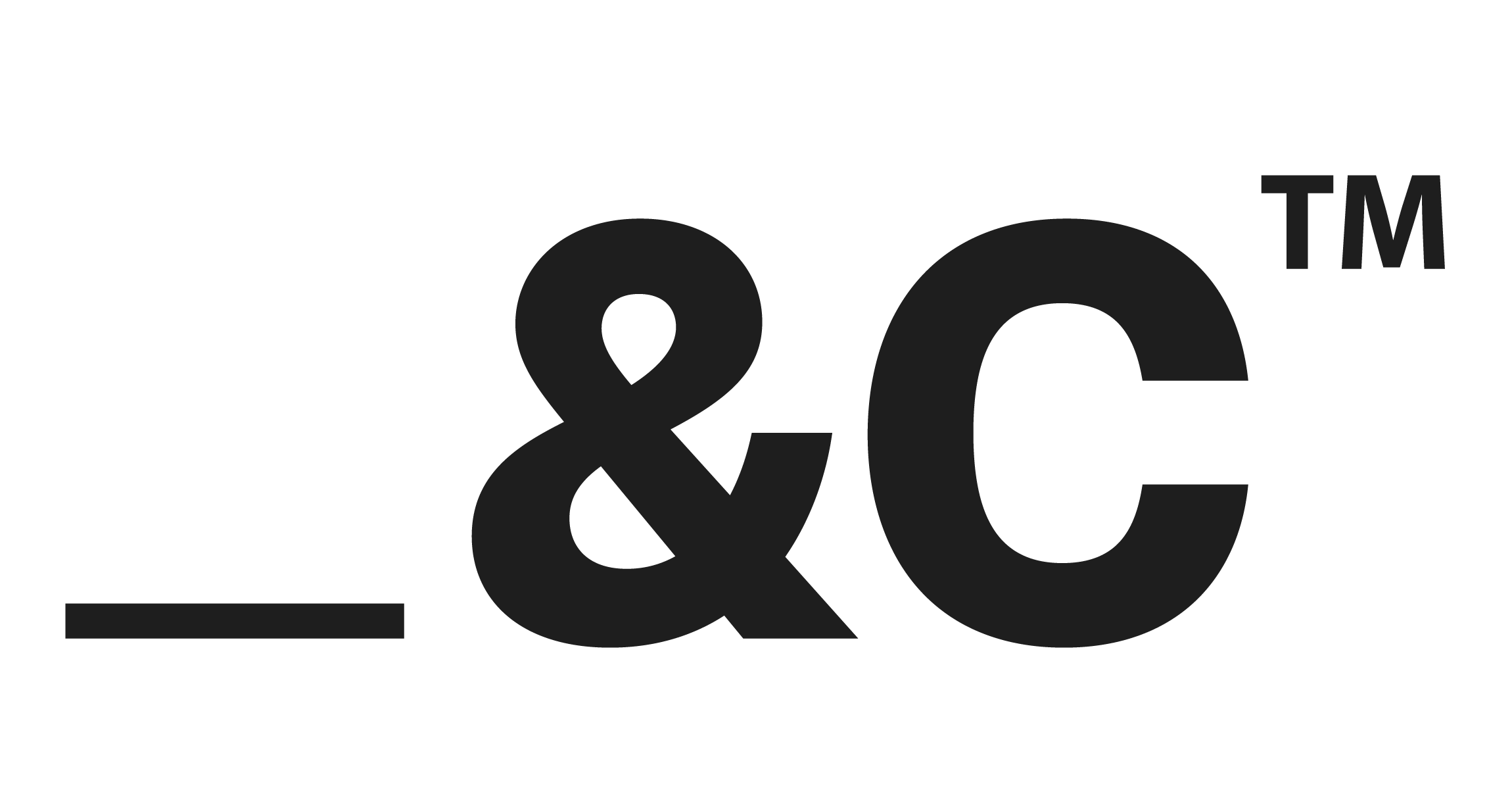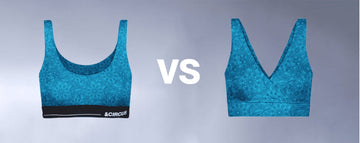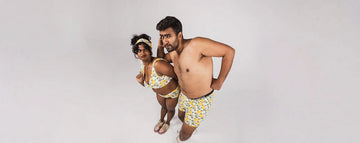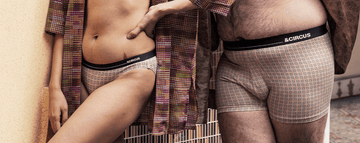Quick Listen:
In the stifling heat of a tropical afternoon, where humidity wraps around you like a second skin, the choice of underwear becomes a matter of survival. In regions from the bustling markets of Southeast Asia to the sun-scorched streets of the Middle East, breathable innerwear is no mere accessory it's a necessity for comfort and health. As global temperatures climb, eco-conscious brands like AndCircus are redefining what it means to stay cool, dry, and sustainable, crafting underwear that meets the demands of hot, humid climates with innovative fabrics and ethical production.
The Case for Breathable Fabrics
In environments where heat and humidity conspire to make every step a challenge, your underwear can either ease the burden or add to it. Synthetic fabrics, common in traditional innerwear, often trap heat and moisture, leading to discomfort, chafing, and even health risks like skin infections. Breathable materials, by contrast, allow air to flow and sweat to evaporate, keeping you comfortable and healthy. The surge in popularity of organic cotton, bamboo, and hemp reflects a broader shift toward eco-friendly, lightweight options that prioritize both performance and sustainability. A report by Coherent Market Insights projects the men's underwear market to grow from USD 41.25 billion in 2025 to USD 61.61 billion by 2032, fueled in part by demand for sustainable, breathable designs.
AndCircus is at the forefront of this movement, blending environmental responsibility with practical comfort. Their use of organic materials taps into a growing consumer preference for products that align with ethical values. Bamboo, prized for its natural moisture-wicking and antibacterial properties, is a standout choice for humid climates. Hemp, equally impressive, offers breathability and durability while requiring less water to produce than conventional cotton. These fabrics aren't just functional they're a commitment to a cooler, greener future.
Pushing the Boundaries of Design
The underwear industry is undergoing a quiet revolution, driven by innovations that cater to active, heat-exposed lifestyles. Seamless construction eliminates irritation, while advanced moisture-wicking technologies keep sweat at bay, even in 90% humidity. According to a Business Research Insights report, the stretch underwear market, valued at USD 3.2 billion in 2024, is set to reach USD 5.8 billion by 2032, growing at a CAGR of 7.1%. This expansion reflects consumer demand for versatile undergarments made from blends of cotton, spandex, and modal, which offer elasticity and breathability.
AndCircus embodies this innovation, crafting eco-friendly underwear for men, women, and maternity wear using organic cotton and bamboo blends. Their designs deliver a lightweight, airy feel that's perfect for tropical conditions, without compromising on style. Imagine slipping into a pair of briefs that move with you, resisting the cling of humidity whether you're navigating a crowded marketplace in Bangkok or a boardroom in Doha. This fusion of form and function is what sets sustainable brands apart in a competitive market.
Global Solutions for Local Challenges
Hot and humid climates present unique challenges, and brands worldwide are rising to meet them. In Southeast Asia, where monsoon seasons bring relentless moisture, breathable designs are in high demand. In Africa and the Middle East, where temperatures routinely exceed 100F, lightweight, sustainable fabrics are gaining ground. AndCircus has found its niche here, offering underwear tailored to these environments. Their maternity line, crafted from breathable bamboo, has earned accolades from expectant mothers seeking comfort in tropical climates.
Real-world feedback underscores the impact. A customer from Jakarta called AndCircu's bamboo briefs a revelation, praising their ability to stay dry during humid commutes. Another from Lagos highlighted the durability of their hemp-blend boxers, which endured repeated washes without losing shape. These stories reflect a broader trend: the right underwear can redefine daily comfort in challenging climates. The Market Research Future report projects the men's underwear market to expand from USD 52.01 billion in 2025 to USD 82.03 billion by 2034, with a CAGR of 5.2%, driven by growing awareness of hygiene and comfort.
Navigating the Challenges
Creating sustainable, breathable underwear comes with its share of obstacles. One key hurdle is balancing breathability with durability. Organic materials like bamboo are soft and airy but can degrade faster with frequent washing, particularly in regions with hard water. Brands must innovate to ensure their products withstand the rigors of daily use while maintaining eco-friendly credentials. Cost is another barrier. Sustainable materials often carry a higher price, which can alienate cost-conscious consumers. The Coherent Market Insights report notes that affordable alternatives and low brand loyalty are significant challenges slowing growth in the men's underwear market.
Breaking into markets unfamiliar with sustainable fashion presents additional difficulties. For brands like AndCircus, success hinges on educating consumers about the value of eco-friendly underwear. This requires more than a quality product it demands strategic outreach, from influencer partnerships to transparent supply chain practices. While progress is being made, building widespread awareness remains a work in progress.
Seizing Opportunities in a Growing Market
These challenges are also gateways to opportunity. In a saturated fashion industry, brands that combine sustainability with performance can carve out a distinct identity. AndCircus does just that, leveraging eco-friendly materials and climate-specific designs to stand out. This approach resonates with a rising tide of consumers who prioritize ethical production. The Business Research Insights report highlights sustainability as a key driver in the stretch underwear market, with brands increasingly adopting green fabrics and ethical manufacturing practices.
The health benefits of breathable underwear are a powerful draw. By reducing the risk of skin irritations and infections common concerns in humid climates these products enhance well-being and build customer loyalty. For businesses, this translates into repeat purchases and organic advocacy, critical in a competitive landscape. As global warming intensifies, the demand for climate-appropriate innerwear will only grow, offering brands a chance to expand into new markets and redefine industry standards.
A Vision for a Sustainable Future
The future of breathable underwear is as promising as it is sustainable. Material scientists are exploring innovative fibers, such as those derived from algae, that could further reduce environmental impact. Advances in moisture-management technologies, like micro-ventilation systems, are on the horizon, promising even greater comfort. Industry experts foresee a world where eco-friendly innerwear becomes the default, driven by growing consumer awareness and demand. For brands like AndCircus, this is an opportunity to lead the charge.
In hot, humid climates, underwear is more than a layer it's a shield against discomfort and a statement of values. It's the difference between a day spent battling damp fabric and one where you move with ease and confidence. As the industry evolves, the emphasis on sustainability and performance will set a new benchmark for innerwear. For consumers, the call is clear: choose brands that champion both your comfort and the planet's health. For companies, it's a challenge to innovate, educate, and deliver. In an increasingly sweltering world, breathable, eco-friendly underwear isn't just a choice it's the future.
Frequently Asked Questions
What fabrics are best for breathable and sustainable underwear?
Fabrics like bamboo, organic cotton, hemp, and modal are top choices for breathable underwear. These materials are not only moisture-wicking and antibacterial but also environmentally friendly, making them ideal for both comfort and sustainability in warm climates.
Why is breathable underwear important in hot and humid climates?
Breathable underwear helps regulate body temperature by allowing airflow and reducing moisture buildup, which is crucial in hot and humid regions. It prevents discomfort, chafing, and skin infections, offering much-needed relief whether you're commuting in Jakarta or enduring the heat in Doha.
What challenges do brands face when making breathable, eco-friendly underwear?
Brands must balance breathability, durability, and cost. While organic materials like bamboo offer comfort, they can degrade faster with repeated washes. Additionally, educating consumers and keeping prices competitive remain key hurdles in expanding access to sustainable underwear solutions.
Disclaimer: The above helpful resources content contains personal opinions and experiences. The information provided is for general knowledge and does not constitute professional advice.
You may also be interested in: Boxers V/S Shorts: Which Is More Comfortable for Men?
Uncomfortable underwear shouldn't steal your confidence. At Andcircus, we craft ultra-soft, sustainable Lenzing Modal Micro innerwear for every body, XS to 5XL. From briefs to bras, our custom packs fit you perfectly. Shop risk-free with our 100% satisfaction guarantee and embrace comfort that includes everyone. #LoveEveryBody. Shop Now!






































